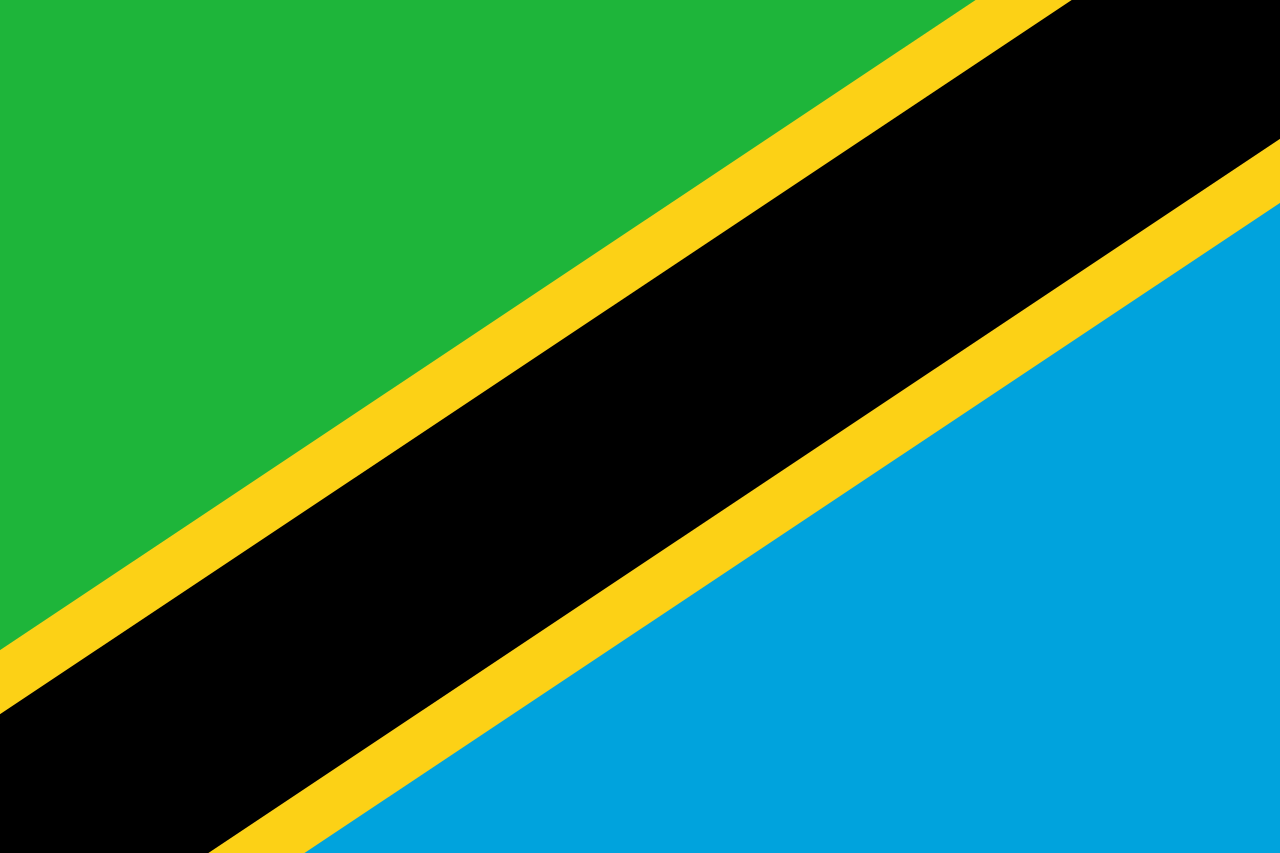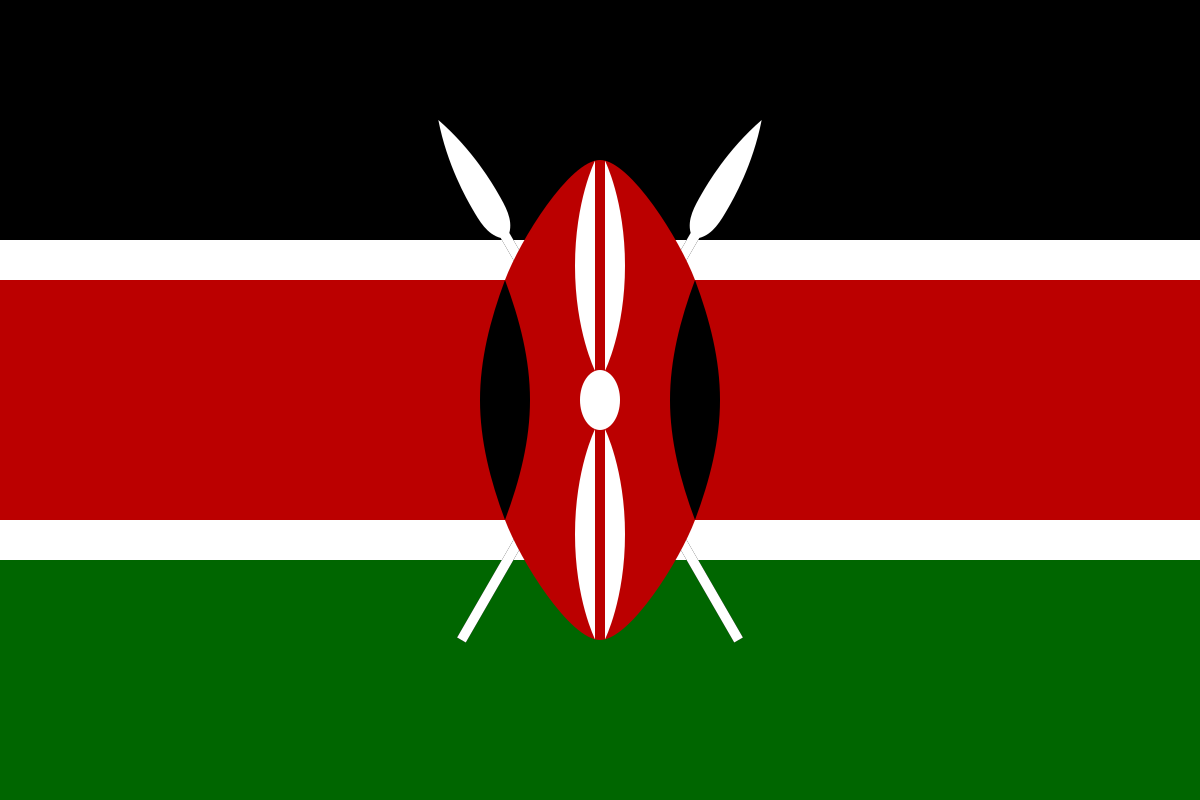National carrier Air Tanzania is weighing its options in bridging the emerging service gap caused by the grounding of its Airbus A220 fleet due to engine problems.
According to fleet data, one of ATCL’s A220 last flew on January 3, this year and has been parked at Maastricht Aachen Airport in The Netherlands. A second aircraft that has been on the tarmac in Dar es Salaam last flew on August 27. A third A220 has not flown since November 5.
The development, which is not unique to Air Tanzania, adds to the uncertainty faced by operators over timeframes for return to service of its fleet, as groundings add to a backlog of engines that require replacement or repair by the manufacturer.
Launch customer
Air Tanzania was the African launch customer for the A220 then Air Senegal, Egypt Air before Nigeria’s Ibom Air came on board.
On November 10, Air Tanzania Company Ltd (ATCL) announced flight schedule disruptions, citing the unavailability of some of its A220s, owing to manufacturer’s directives that have shortened the service intervals on the Pratt & Whitney PW1524G-3 engine.
"Due to the worldwide technical challenges of these engines and related safety requirements, we have been following professional instructions to provide quality and safety service. Sometimes we take the aircraft out of circulation to meet the demands of the engine manufacturers," the airline said in a public notice.
Air Senegal has also had to pull its A220s from service due to a similar crisis. Besides regional flights to Johannesburg, ATCL’s A220s have been operating on some of the high-density domestic routes such as Mwanza and Kilimanjaro.
Extra inspections
The PW1500G and PW1900G engines, which power the Airbus A220 and the Embraer E2 series respectively, have recently been subjected to extra inspections, in the wake of inflight shutdowns that were traced to premature wearing of certain parts.
European and American regulators issued two airworthiness directives (ADs) in January and July this year. The first requires the removal and replacement of the high-pressure turbine first and, second, stage disks. The second directive requires more frequent borescope inspections of the low-pressure compressor rotor 1. Borescope inspections are a type of visual inspection that examine hard-to-reach or inaccessible components without taking them apart.
The July AD had been also been issued in 2021 after inflight shutdowns in two Airbus A220s. These incidents were traced to a software problem and the compressor intermediate case. Pratt & Whitney addressed the problem with an update of the full authority digital electronic control software and a redesign of the affected part. However, the Federal Aviation Administration and European Union Aviation Safety Agency require operators to conduct frequent borescope inspections and replacement of the low-pressure compressor rotor 1 for safety. Although the directives stem from an incident on an International Aero Engines V2500 engine on an Airbus A321ceo, the newer Pratt & Whitney PW1500G for the Airbus A220 and the PW1900G powering the Embraer E2 series are affected because they share parts with similar materials.
Pratt & Whitney recently acknowledged the problems, telling London-based publication AirInsight: “Like many in the industry, we have experienced supply-chain challenges with structural castings and other parts. We continue to work on mitigation strategies with our supply base and expect pressures to begin to ease in 2023, which will support both our original equipment and maintenance repair and overhaul output plans.”
New engines vs spares
With hundreds of engines booked by major Western operators, the manufacturer is torn between supplying engines for new aircraft coming off the assembly line and providing spares for the grounded fleet. To give an idea of the extent of the challenge, Pratt & Whitney says that in China, for example, there are 280 aircraft in service that are powered by the affected engines.
In Dar es Salaam, ATCL chief executive Ladislaus Matindi said he cannot tell when the affected aircraft will return to service because their engines have not got to a point where they are slotted in the queue for repairs. He said they have no option but to be patient because the problem is not particular to Air Tanzania, but rather global.
"We are still far down in the manufacturer’s queue for repairs. Until the engines are in the repair shop, we cannot know exactly when we shall get relief, he told AirInsight. And because this problem is not particular to Air Tanzania but applies to all users of these engines, there are not even enough spare engines available to keep us going during the repairs."
Operators have adopted a wait-and-see because, while the new engines are giving them headache, they offer a step change, delivering double-digit reduction in fuel burn. This is crucial at a time of high prices for aviation fuel and pressures to reduce emissions by the industry. Mr Matindi said engine problems aside, the A220 has more than delivered on its promise of lower fuel burn.
Although its purchase agreements with Pratt & Whitney entitle it to compensation, ATCL says it is in talks to lease aircraft to bridge the gap in the fleet because compensation would not match the revenue lost from the suspended services or be enough to lease replacement aircraft.
12 aircraft
Air Tanzania currently operates a fleet of 12 aircraft: One Bombardier Dash 8-Q300, five Bombardier Dash 8-Q400s, four Airbus A220-300s and two Boeing 787-8 Dreamliners. Five more planes are expected to arrive before the end of 2023, expanding the fleet to 17. The additional planes will comprise another Dash 8-Q400, another Boeing 787-8 Dreamliner, two Boeing 737 Max-9s and one specification-based Boeing 767-300F Freighter. The carrier operated 48 daily flights to 14 domestic and 10 international destinations before the latest notice. Regular internal routes from its Julius Nyerere International Airport hub are Dodoma, Kilimanjaro, Mwanza, Zanzibar, Kigoma, Geita, Mbeya, Mtwara, Bukoba, Songea, Tabora, Iringa, Arusha and Mpanda.
Its international routes cover Mumbai (India), Lubumbashi (DR Congo), Nairobi (Kenya), Hahaya (Comoros), Ndola and Lusaka (Zambia), Harare (Zimbabwe), Bujumbura (Burundi) and Entebbe (Uganda). A twice-weekly flight to Guangzhou (China) was added in July 2022. The airline has also outlined plans to start flying to Lagos (Nigeria), Accra (Ghana) and Juba (South Sudan), and resume flights to Dubai (UAE) and Johannesburg (South Africa) once the new aircraft arrive next year.
According to Mr Matindi, it has also re-applied for landing slots at London's Gatwick Airport after losing them in 2020 due to legal hitches resulting from aviation industry restrictions caused by the Covid-19 pandemic.
Flight frequency
The two Dreamliners are currently used to service the flights to Mumbai (three times a week, with plans to increase the frequency to four times a week by the end of this year, according to the management) and Guangzhou while the working Airbuses mainly ply the regional routes. The new challenges come at a time when ATCL has continued to tout its ambitious plan for international routes expansion despite being flagged twice in recent government audit reports for continuing to rack up huge operational losses under an expensive revival programme initiated by former president John Magufuli in 2016.
The latest of these reports issued by the Controller and Auditor General (CAG) ranked the carrier sixth among government firms with the biggest debts by the end of the 2020/2021 fiscal year. According to the report published in April this year, Air Tanzania's debt stood at $132.77 million even after cutting its operating losses from $25.97 million in 2019/2020 to $15.58 million.
The two Dreamliners caused a loss of $10.21 million in 2020/2021 due to a low load factor as their international flights programme was beset by pandemic restrictions and other hurdles.
Profits of $5.3 million and $5.23 million for the two working Airbus A220s and four Dash 8-Q400s respectively contributed to its reduced loss figures but failed to allow for a break-even performance, the report said.
Critically unprofitable
The previous year's CAG report had also placed ATCL among government-owned entities that were proving to be critically unprofitable, pointing out further that accrued interest on its rising debt increased the risk of its planes being impounded abroad in lieu of payment. These figures coincided with a Tanzania Civil Aviation Authority (TCAA) report that said ATCL passenger numbers had dropped by 50 percent to 2.8 million in 2020, compared with the previous year, owing to Covid-19 impact on global air travel. The combined findings prompted President Samia Suluhu Hassan to sanction a $194 million government bailout in April to help the airline clear its growing debts and get back to the skies at least in the short-term. The Magufuli revival plan required Air Tanzania to lease its entire fleet from the state-run Tanzania Government Flight Agency, pay government levies and cover aircraft maintenance costs from its own coffers.
This has become a key point of discussion about Air Tanzania's future prospects, with the airline's management contending that the leasing arrangement with TGFA prevents it from making its own business decisions for more profitable operations.
The airline's calls for a re-negotiation of the lease terms or restoration of direct fleet ownership have received the backing of a parliamentary committee that oversees its affairs.
The committee on September 6 submitted a report urging the government to "speed up" the process of transferring ownership of the planes from TGFA to ATCL in order to remove the leasing costs and stem further losses. - MICHAEL WAKABI, The EastAfrican







